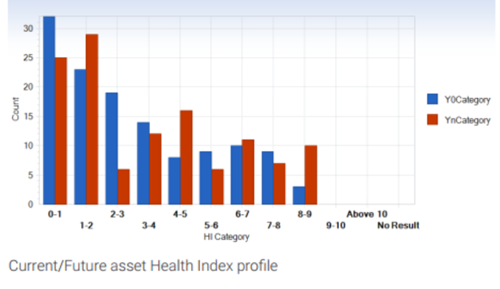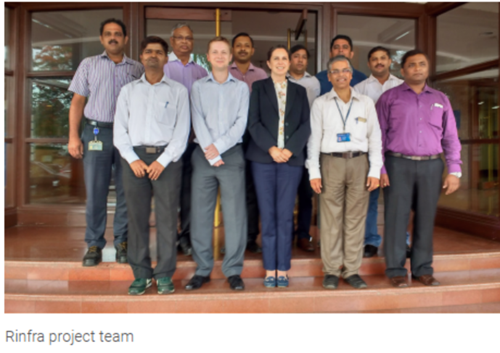Development and delivery of a Transformer Health Model for Mumbai Distribution Network
-
24 June 2021
-
EA Technology
RInfra is an electricity generation, transmission and distribution company which, along with its wholly owned subsidiary, generates over 940 MW of power through its five power stations; distributes 5,800 MW of power in Mumbai and Delhi and has developed three transmission projects including the first independent private transmission project. RInfra is India’s largest private power distribution company.
Challenge
The Government in India has undertaken stringent measures to bring down the technical and commercial losses and inefficiencies within the Distribution Sector in order to attract Private Sector investment. RInfra’s efforts in this arena are focused on improving reliability, increasing the efficiency of their distribution networks and providing world-class customer care. Backed with vast experience in power distribution over the last nine decades, a repository of domain knowledge and the capacity to introduce advanced technology.
Solution
As part of this drive, RInfra contracted EA Technology to develop and deliver a Health Index model in order to help assess the condition of their power transformers, and prioritise investment in these assets. The asset health model is part of EA Technology’s Asset Investment Management (AIM) product suite, using expertise which is built up from the application of Condition Based Risk Management (CBRM) with over 40 energy companies worldwide. The methodology provides a systematic means of utilising asset information,
engineering knowledge and experience to define, justify and target asset intervention (refurbishment or replacement).
Benefits
The resulting Transformer Health Index model provides RInfra with:
• The potential for considerable savings in expenditure through on-going optimisation of investment plans.
• Support for maintenance programme decision making.
• A robust, fully auditable process with improved accuracy and error mitigation of data.
• The ability to independently modify and update asset information and interpret Health Index results.

